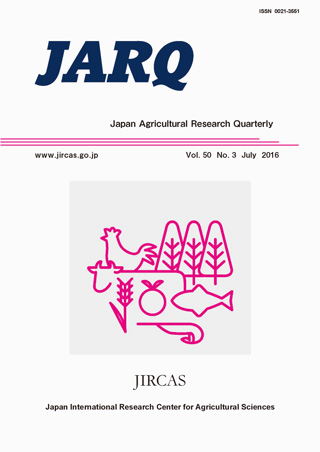In North China where the main crops are winter wheat and summer corn, current agricultural practices involve minimum tillage for corn and full tillage for corn or wheat, and require large amounts of irrigation water, especially during the wheat growing season. Conservation tillage (CT) is a promising method of water conservation, but local farmers still question whether it will affect the yield of winter wheat. We conducted fieldwork during 2011-2014 in Xushui, Hebei, China, in order to compare the effects of various methods of tillage, mulching, and irrigation on the yield, soil moisture, and soil temperature under a summer corn/winter wheat double cropping system. Wheat grain yield in 2012-2013 did not differ significantly because of tillage, residue, and irrigation treatments. This means that reduced irrigation did not affect grain yield for all the treatments. However, in 2013-2014, the yield for minimum tillage with residue mulch (MTm) was significantly higher (19.5%) than that for full tillage with residue removal (FTr). Yields for MTm with reduced irrigation were 10.2% significantly higher than FTi with reduced irrigation. The positive crop response to MTm may have been due to relatively higher topsoil moisture and soil temperature under MTm than under FTi during the winter period. Minimum soil temperature for the inter-row at the 5-cm depth under MTm remained slightly higher than that under FTi during the winter of 2012–2013, with colder weather than in 2013-2014. Hence, after our two-year fi eld experiment, we concluded that MTm resulted in higher grain yields as compared with FTr probably due to higher topsoil water content; MTm with reduced irrigation maintained high yields despite eliminating one round of irrigation. Therefore, MTm with reduced irrigation was more beneficial for winter wheat crop production in North China.

